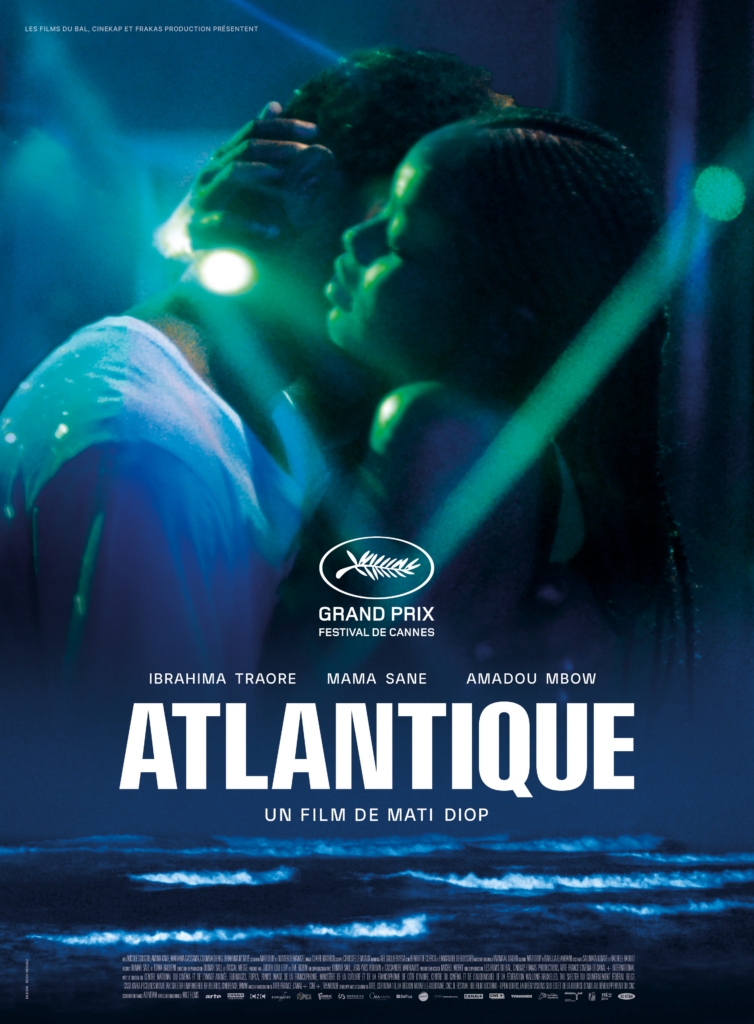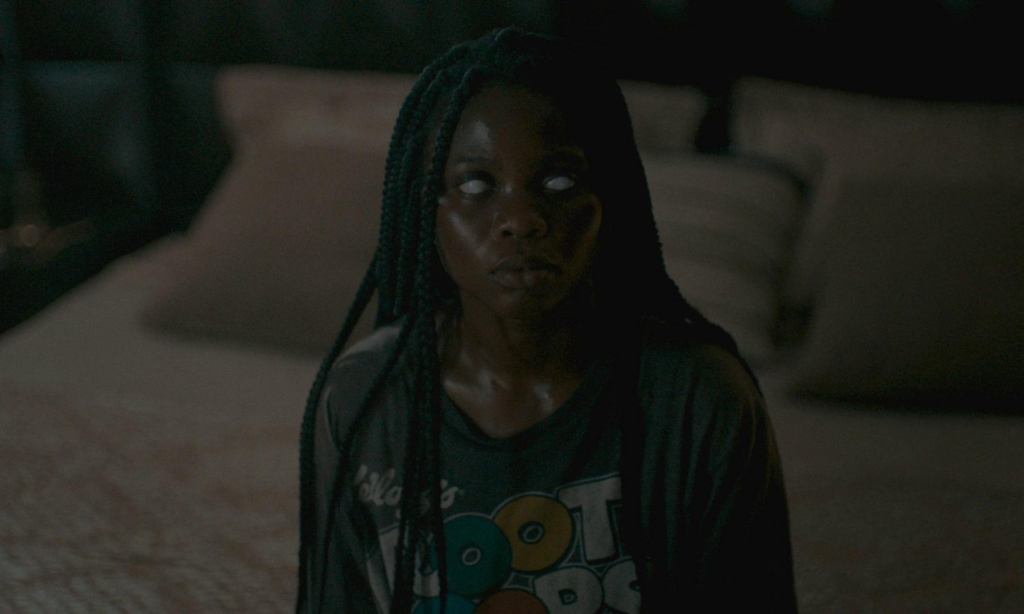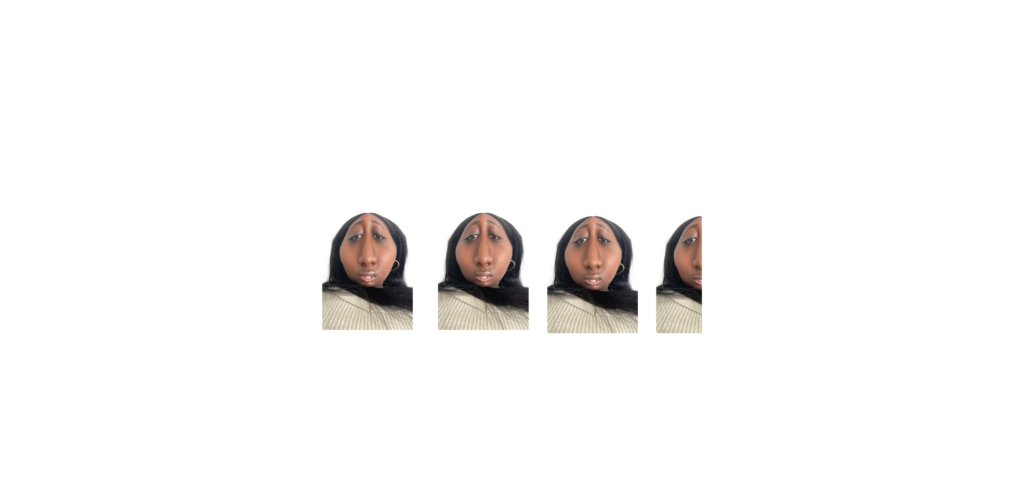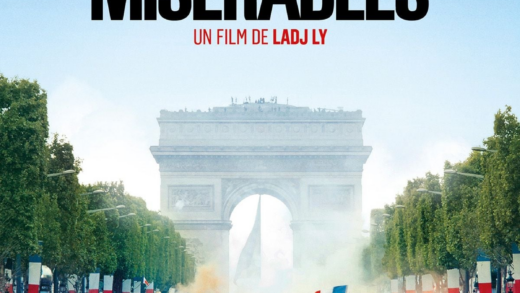
Atlantics by Mati Diop is a film that truly explores contemporary issues in the Francophone world without vilifying or belittling one group or another. The film’s first scene aims to show a likely non-Senegalese audience the hustle and bustle of our setting, Dakar. We then see the first part of the plot—a group of construction workers who demand to be paid for the work that they have done for a new high-rise in Dakar, Senegal. We come to learn that this unpaid labor is the last straw for these young Senegalese men, including Souleiman (Ibrahima Traoré), and these men take a boat to Spain for more economic opportunity. We also meet our protagonist, Ada (Mame Bineta Sane), who loves Souleiman but is set to get married to a wealthy man in Dakar (Omar). This movie shows its foreign audience a speck of daily life for those in Dakar, including but not limited to understanding how Muslim life is integrated with secular culture, the role of women in Dakar in the 21st century, and more.
When reading the Guardian’s Cath Clarke’s review of the movie, I learned about an element of the movie that I missed. For context, I thought that the movie’s subject matter and the interpersonal relationships of the characters were very intriguing; however, I felt like I wanted something more to add to the creepy nature of the movie. Clarke says, “And something is happening to the left-behind girlfriends. By the light of the moon, they sleepwalk, barefoot in their nightdresses, eyes milky white like zombies, to the house of the property developer, demanding the unpaid wages. Is this a case of supernatural possession or mass hysteria?” Below is a picture of one of the left-behind girlfriends. You may be thinking, “Aji, how did you miss that?” And to that I say, “Reader, I do not know.”

The cinematography of this movie is truly on another level. Firstly, I want to note that Diop does not conform to the sepia stereotype, which is the practice that “many Hollywood directors habitually use the same yellow color palette to dramatize stories taking place in Latin America, Africa, and South Asia, a practice that visually casts these places as universally warm, hot, dry, and dusty.” This makes the stories in this film feel more real and less dramatized. I love the choice to add a shot of the Atlantic Ocean between each scene. It does two things. It prepares the viewer for the next chaotic scene by providing a second of calm. It also reminds us why we are learning these stories in the first place.

Overall, I would say that this movie does an excellent job of telling the full and true stories of these people in Dakar. While it wasn’t my favorite, I value the cinematography and modes of storytelling.
I would give this move 3.5 out of 5 Aji’s.


